Like many of us who grew up in the 1990s, Shriya Shetty’s first memory of tasting an unlikely flavour duet traces back to birthday parties, where potato chips accidentally smeared with chocolate-cake ganache became a guilty pleasure. Shriya, chef and co-founder of Buco, an artisanal bakehouse and café in Mangalore, is not alone. Brands like Royce Chocolates and Lay’s have leveraged the combo in packaged snacks; as has Salt In My Cocoa, a Gurgaon-based chocolatier that offers the potato-chip treat in two variants — milk and dark chocolate.
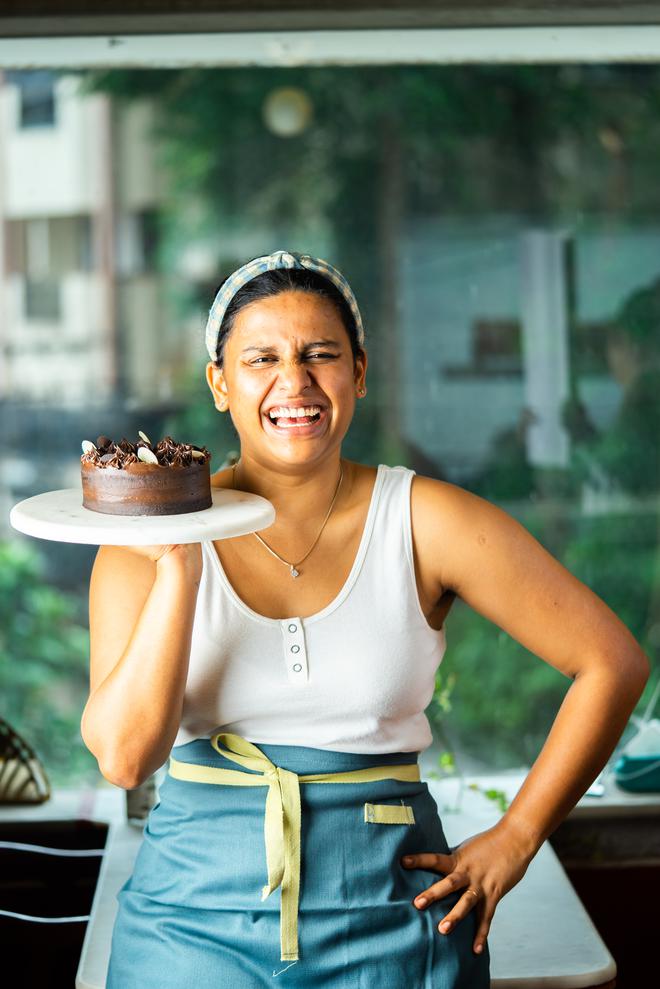
Salt, even if only in pinches, has played a veritable, albeit visceral role in baking, bringing about balance and harmony to confections. As palates shift and chefs push the thresholds of flavour, desserts are receiving a savoury fillip. Think bonbons featuring blue cheese and raspberry chilli, tarts with miso and chocolate, the utilisation of root vegetables, pulses, and grains like red beans, jowar and bajra or more daring ingredients, such as taro and curry leaves and porcini mushrooms, alongside popsicles harnessing the kick of tart fruits from the Konkan. All, seemingly branded as ‘savoury’ but finding new fervour in the pastry-scape.
“At the end of the day, whenever you’re adding contrasting flavours together, it is to make sure that you’re going in for that second bite. If I give you something super sweet, you may have a little and feel like you’re done. But if I add an element like, miso or say, salted cashews, the minute the salt coats your tongue you’ll want another taste of the sweet. That’s how you end up having multiple bites and finishing the dessert,” Shriya explains, adding that with every dish and dessert a chef creates, their goal is to be able to achieve flavours that are well-rounded. In other words, an impeccable composition that manages to strike the perfect balance between all the five notes perceptible to our taste buds i.e. sweet, salty, sour, bitter, and umami. And at a deeper level, that objective is fuelled by their hunger to birth new flavours.
It is why pan-India ice cream brands like Noto have a kokum-flavoured popsicle; Mumbai-based luxury pâtisserie, Ode to Gaia has a kala khatta macaron on its menu; another pastry offering from Mumbai, Blanchette has a sweet pumpkin and potato chip tart; and Tresind, the award-winning diner with outposts in Dubai and Maximum City fashioned an out-and-out Gujarati snack into their wildly popular palate cleanser, the khandvi ice cream.
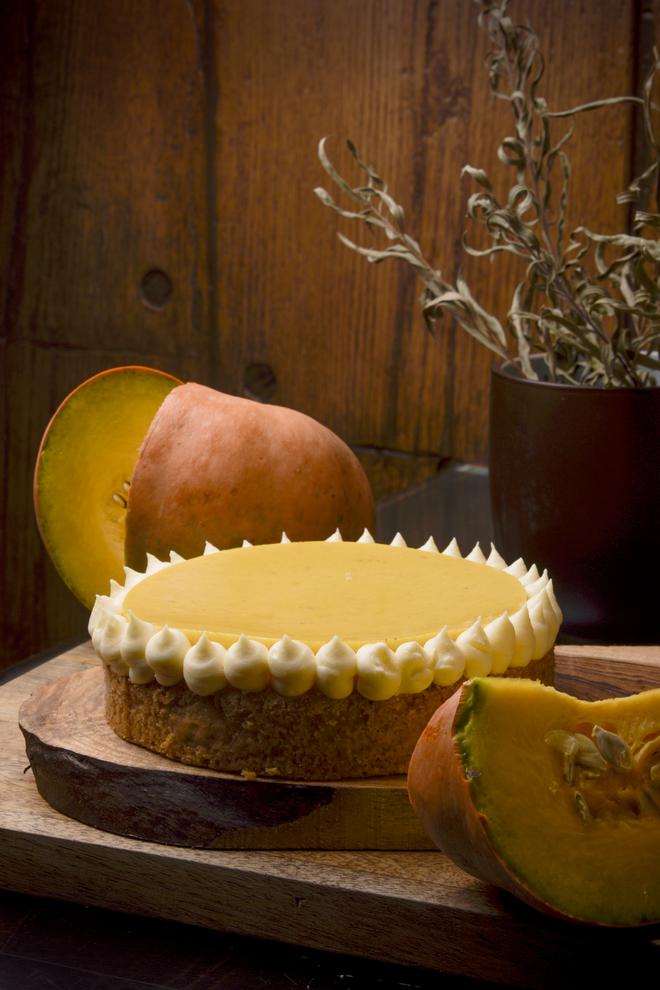
Creative director and executive chef of the pan-India, premium chocolatier La Folie, Mumbai, Sanjana Patel, says, “A lot of the ideation in the culinary world revolves around the flavour matrix of chemical flavonols in ingredients. Usually there is no such thing as using vegetables or savoury ingredients in traditional cakes. With the expansion of R&D (research and development) at the core ingredient level, chefs now are thinking outside the box and exploring other dimensions of flavours, even though individually they exist in contrasting forms.” Sanjana has crafted a Contrast Collection — a set of bonbons flaunting disruptive flavour pairings like blue cheese, chocolate walnut praline and 72% dark chocolate. Or, peanut butter with raspberry chilli gel, raspberry, dark chocolate and miso praline.
Speaking of miso, it is perhaps the more familiar of savoury elements in desserts these days, with tarts, cakes and desserts, in general, employing the sweet-salty-umami trifecta of delight afforded by miso and chocolate together. At the Asian diner Mizu in Mumbai, head chef-pastry and culinologist, Nikhil Menon incorporates the Japanese soybean paste in a honey caramel that is drizzled over their Japanese cotton cheesecake. On the other hand, roughly 600 kilometres away, in Goa, chef and owner of Fig & Maple restaurant, Radhika Khandelwal utilises the umami-rich condiment in an ice cream.
Interestingly, Radhika has also played with other less suspecting ingredients, like taro and curry leaves in a coconut semifreddo that comes with pineapple hotcakes, while Nikhil has tinkered with legumes such as white and red bean pastes, matcha, and wasabi for his desserts and sorbets. “Adding salt to sweet dishes aims to amplify their inherent sweetness. Salt doesn’t just elevate sweetness; it heightens all flavours — umami, spice, and more,” Nikhil says.
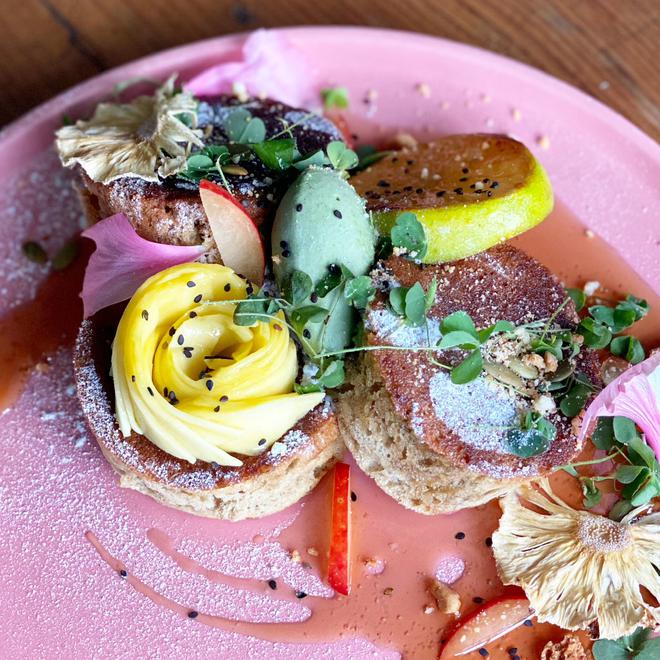
At Slink and Bardot, Mumbai, head chef Ali Akbar Baldiwala, applies the same logic, by substituting salt with porcini and truffle mushrooms. Used in the form of powders dusted on their porcini toffee pudding, “it helps offset the sweetness of the dish. The idea is to use salt to do that. But we’re using umami to do the same,” Ali explains.
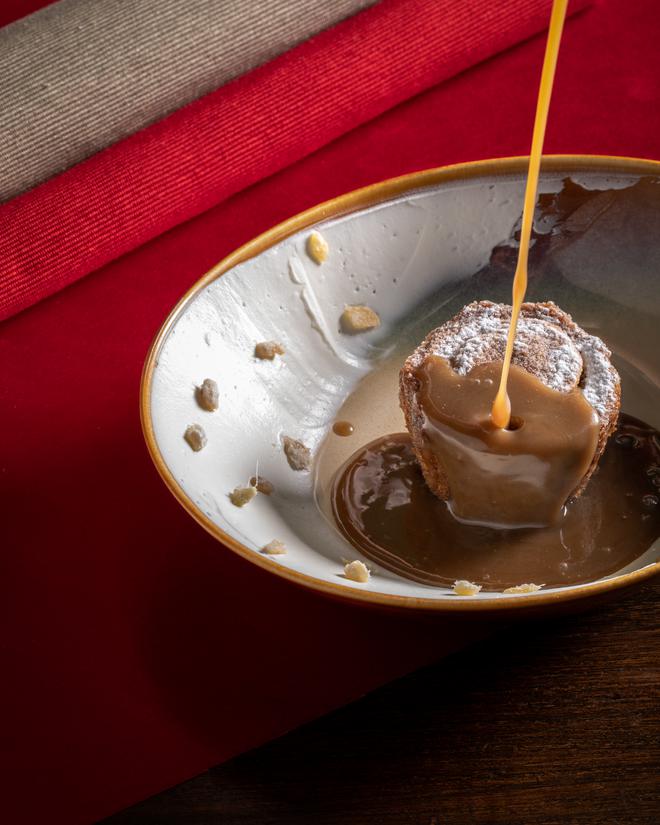
Pointing towards the traditional roots of this phenomenon in different cuisines, Radhika makes a valid point, “In India and the Middle East, savoury halwas are made with vegetables like carrots, pumpkins, lauki or even lentils, cooked with spices and sometimes nuts. East Asian cuisines often incorporate sweetened red and other bean pastes in desserts like moon cakes, steamed buns, or filled cookies.”
Chef Heena Punwani — who formerly headed the pastry kitchen for The Bombay Canteen, and has just launched her own bakery, Maska, in Mumbai — echoes this when she says, “Think of the way our moms served fruit — guava came with that little bit of chilli or watermelon would sometimes have chaat masala. I think, we’ve always done this sweet and savoury thing.” At Maska, feuilletine, or pailleté feuilletine, a French crispy confection that is typically made from thin crêpes and used to add texture to desserts, will be reimagined with puffed jowar and bajra.
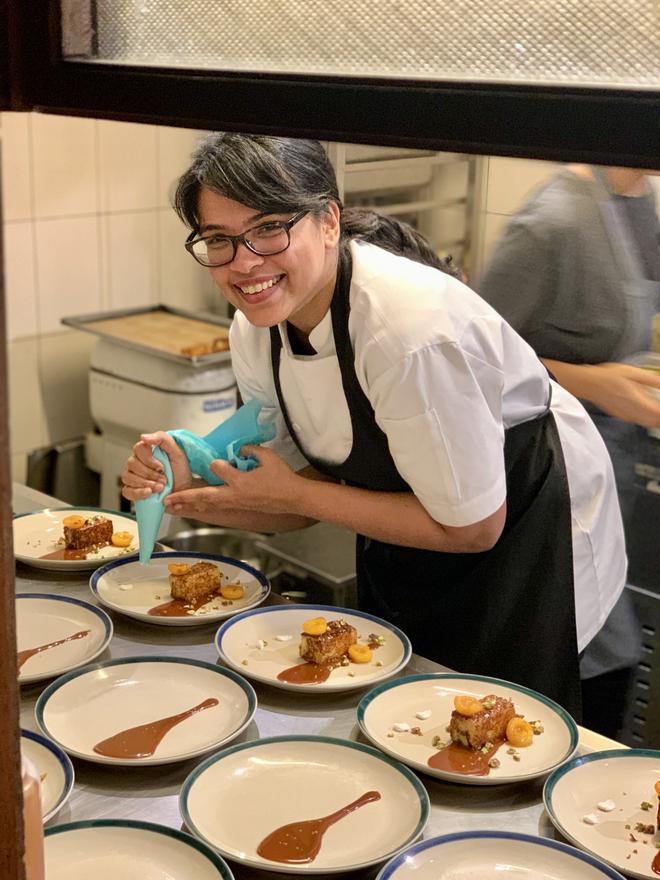
Like her, Shriya too is making use of regional Indian elements like fried moong dal and kurmura, and fashioning them into crispies for a 55% dark chocolate and orange dessert, or, drizzling the ghee cake at her bakery with pickle oil which comes from the memory of her grandmother egging her to polish off the leftover pickle on her banana leaf, with sweet-afters like holige — a Mangalorean stuffed, sweet flatbread — or payasam.
Whatever may be the motivation — a memory plucked from sunny afternoons spent on a courtyard; a purely culinary inquest geared towards unlocking new flavours; or the simple realisation that bacon can, indeed, work on French toast chequered with rivulets of sticky, maple syrup; one thing is sure: pastry chefs are making use of much more than just a pinch of salt.







